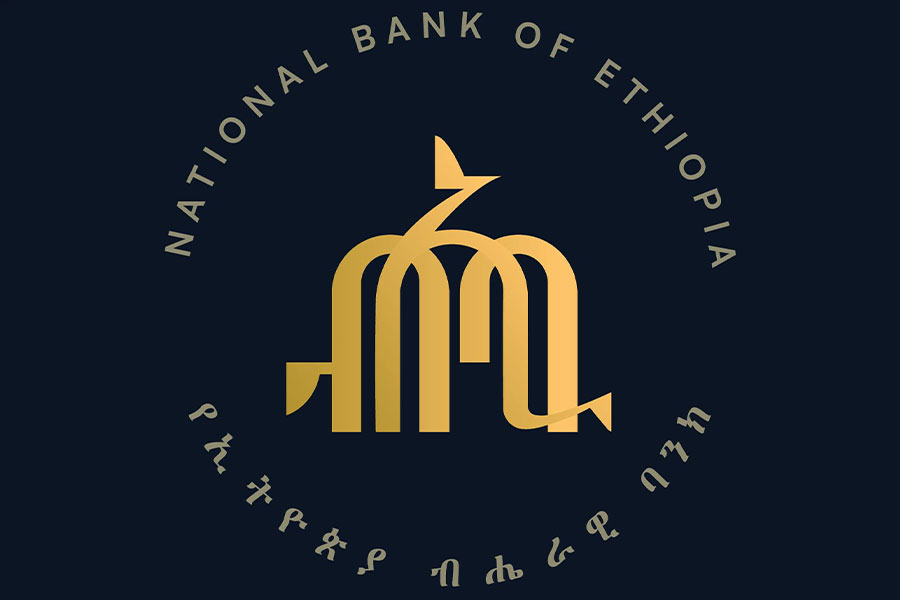
Sep 14 , 2024.
Birr's relentless depreciation against the U.S. Dollar took a brief pause last week as the New Year holiday introduced an unusual calm to the forex market. Yet, beneath the surface, banks were intensifying efforts to counter the thriving parallel market by offering lucrative incentives to attract foreign currency inflows through official channels.
The New Year, celebrated on September 11, effectively paused much of the market activities, bringing a subdued atmosphere to the forex market. The temporary calm provided a respite from the relentless pressure on the Birr. However, the underlying issues driving the currency's depreciation remain unaddressed, and banks seem acutely aware of the challenges posed by the parallel market, where exchange rates outpace official offerings.
The persistent discrepancy between official exchange rates and the parallel market continues to vex the market. Leading banks are actively incentivising remittance flows through bonuses and interest top-ups. The data for 17 commercial banks leading up to September 14 unveiled a marketplace where the Birr's depreciation is shaped not only by macroeconomic pressures but also by tactical adjustments from individual banks. The competition to offer higher rates, particularly for remittance inflows, demonstrated the formal banking industry's determination to contend with the parallel market.
Leading the charge, the state-owned Commercial Bank of Ethiopia (CBE), Awash International Bank (AIB), and Bank of Abyssinia (BoA) have rolled out a generous 16pc interest rate top-up for their respective customers who remit foreign exchange into their domestic savings accounts. Their executives hope to see their move narrow the widening gap between official exchange rates and those in the unofficial market, a disparity exacerbating the Birr's decline.
From September 9 to 14, exchange rates across banks displayed a mix of volatility and predictability. AIB emerged as a standout player, consistently offering the highest rates for buying and selling dollars. Its average buying rate peaked at 115.1 Br to the Dollar, while its selling rate averaged 121.06 Br. Despite these aggressive rates designed to attract forex, AIB maintained a moderate spread of 5.2pc, balancing competitiveness with profitability.
In contrast, Hibret Bank adopted a more cautious stance, providing the lowest average buying rate at 106 Br. Its selling rate averaged 119.78 Br, resulting in a substantial spread of 13pc. Bank of Abyssinia offered the lowest average selling rate at 115.43 Br, positioning itself strategically amid the market's competitive dynamics. Mid-tier banks such as Wegagen Bank maintained relatively stable positions during the six-day period, with buying rates averaging 112 Br. These banks exhibited higher-than-average spreads, with Abyssinia's spread reaching 12pc.
Despite the holiday-induced slowdown, all banks reported increased selling rates over the period, signalling continued upward pressure on the Birr. Cooperative Bank of Oromia and Oromia International Bank demonstrated higher selling spreads, averaging 10pc and 13pc, respectively, despite offering lower buying rates ranging from 107.76 Br to 108.12 Br. This trend points to efforts by these banks to safeguard their profit margins amid the ongoing currency crisis.
Enat Bank emerged as a notable player during this period, offering the second-highest selling rate at 122.6006 Br with a 13pc spread. Dashen Bank, maintaining a consistent buying rate of 108.07 Br, kept a higher selling rate of 121.57 Br.
While the central bank showed its determination to let market forces dictate the currency's trajectory, the evolving reality calls for strategic interventions to address systemic issues within the foreign exchange market. The interplay between official banking channels and the parallel market will continue to shape the Birr's valuation. Banks are caught between the necessity to remain competitive and the imperative to maintain balance sheet stability, a symmetry that becomes increasingly delicate as the currency depreciates.
The coming weeks will be critical in determining whether the strategies employed by banks will effectively counter the parallel market's influence or if additional measures will be required to stabilise the Birr. For now, the interest incentives represent an unusual effort by leading banks to attract much-needed foreign exchange through official channels, a move that could help them recover emerging losses in their net assets.
The industry's initiatives indicate a willingness to innovate in the face of adversity, but the effectiveness of these measures will soon be tested as market activities resume post-holiday.
PUBLISHED ON
Sep 14,2024 [ VOL
25 , NO
1272]

Photo Gallery | 180958 Views | May 06,2019

Photo Gallery | 171150 Views | Apr 26,2019

Photo Gallery | 162292 Views | Oct 06,2021

My Opinion | 137339 Views | Aug 14,2021

Nov 1 , 2025
The National Bank of Ethiopia (NBE) issued a statement two weeks ago that appeared to...

Oct 25 , 2025
The regulatory machinery is on overdrive. In only two years, no fewer than 35 new pro...

Oct 18 , 2025
The political establishment, notably the ruling party and its top brass, has become p...

Oct 11 , 2025
Ladislas Farago, a roving Associated Press (AP) correspondent, arrived in Ethiopia in...